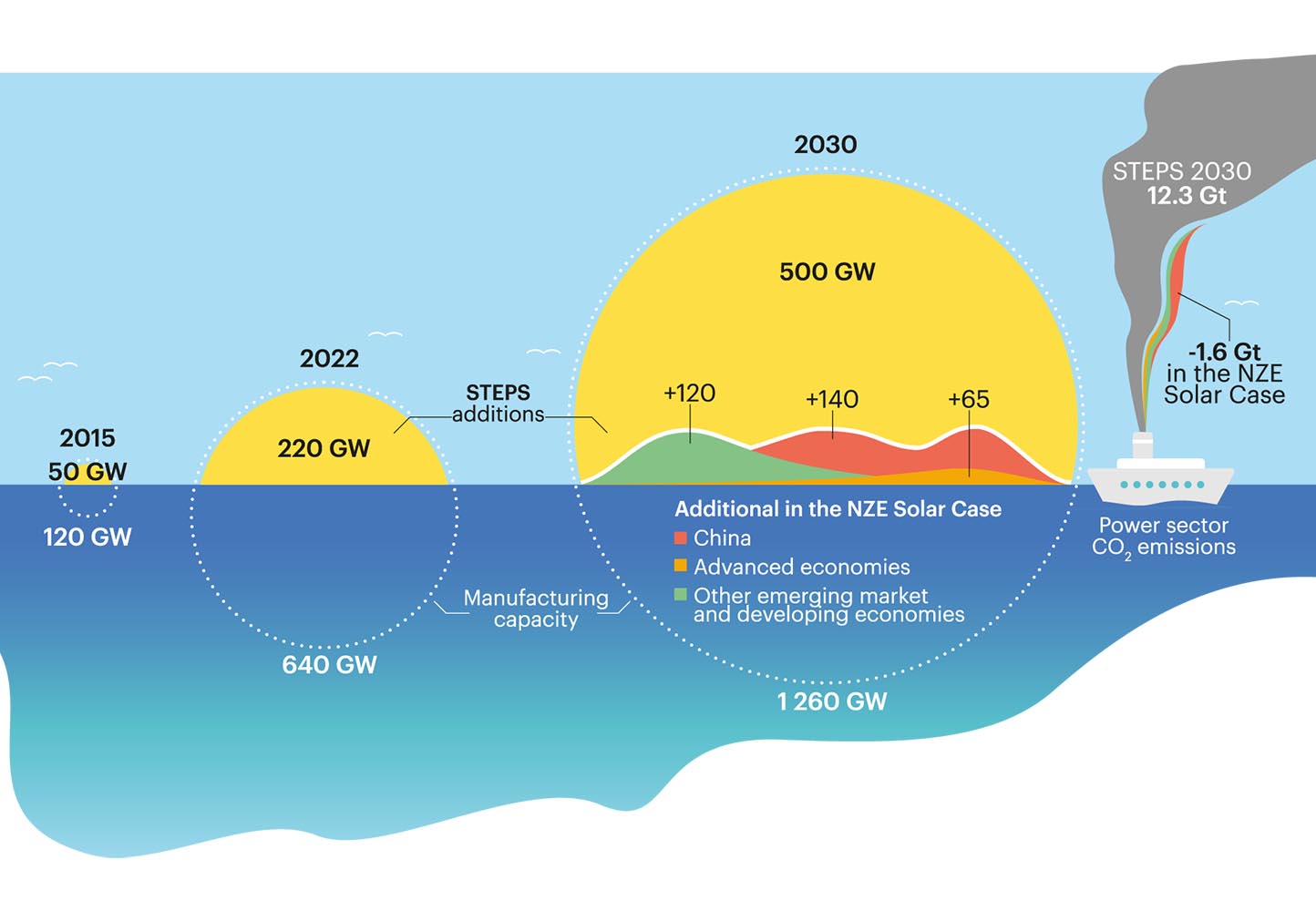
IEA foresees significant energy shifts within this decade
According to the International Energy Agency (IEA), based in Paris, France, the global energy landscape will witness substantial shifts by 2030. This transformation is projected based on current policy settings and doesn’t require additional interventions.
The agency’s recent report highlights a reduction in oil demand, marking its peak around this year. This decline is largely attributed to the rising popularity and adoption of electric vehicles (EVs) and enhanced energy efficiency across various sectors. Moreover, the coal demand, which primarily powers electricity generation globally, is likely to plateau in the mid-2020s.
The latest edition of the World Energy Outlook (WEO), which was released on October 24, shows there are set to be almost 10 times as many electric cars on the road. In contrast, renewable energy sources, particularly solar and wind, are poised for significant growth, with renewables nearing half of the global power mix. This ascent of renewables can help decrease the carbon intensity of the world’s energy supply, supporting global climate goals.
However, these predicted changes come with challenges. The IEA report indicates that the energy sector’s carbon emissions may rise in the short term, before peaking in the late 2020s. This potential increase emphasises the need for further policy adjustments and interventions to ensure the world remains on a sustainable trajectory.
Dr. Fatih Birol, executive director of the IEA, stated, “While our predictions show positive energy shifts, more needs to be done to address looming emissions. Governments should be proactive in shaping a sustainable energy future.”











